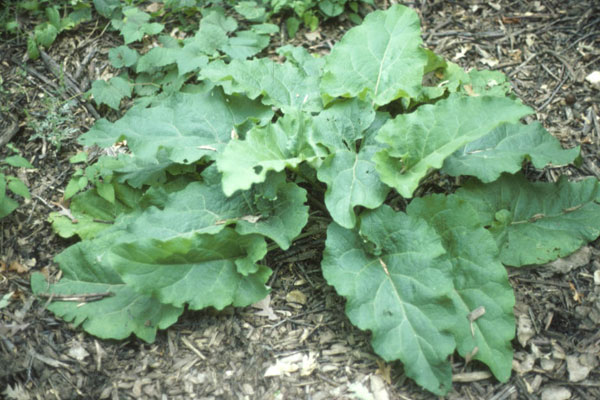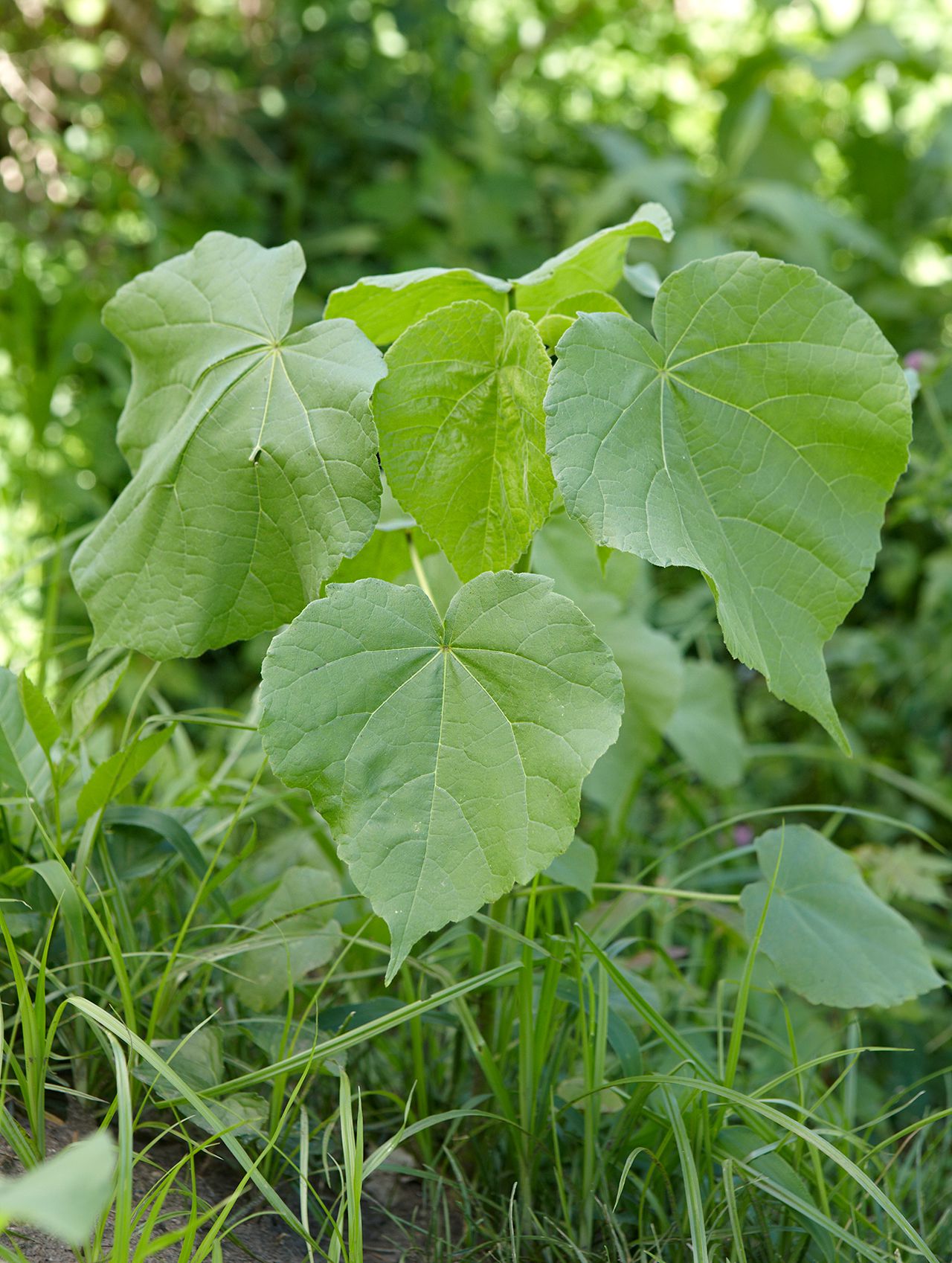As an Amazon Associate, I earn from qualifying purchases.
Weeds with large leaves, like burdock and broadleaf plantain, can overshadow desirable plants. These weeds grow rapidly and are challenging to control.
Large-leaved weeds are a common nuisance in gardens and lawns. They compete with desired plants for sunlight, water, and nutrients. Their rapid growth and broad foliage can quickly dominate landscapes, making them difficult to manage. Identifying these weeds early is crucial for effective control.
Some common large-leaved weeds include burdock, broadleaf plantain, and dock. Each has unique characteristics but shares the ability to outcompete other plants. Regular monitoring and appropriate removal methods can help maintain a healthy garden. Effective weed control ensures that your plants thrive without competition.
Common Large-leaf Weeds
Large-leaf weeds, like burdock and dock, often dominate gardens and lawns. Their broad leaves can quickly overshadow desired plants, making them a challenge for gardeners.
Dandelions
Dandelions are well-known for their large, jagged leaves. These leaves form a rosette shape close to the ground. Their bright yellow flowers turn into fluffy seed heads. Dandelions thrive in lawns and gardens.
Broadleaf Plantain
Broadleaf Plantain has wide, oval leaves with prominent veins. These leaves grow in a rosette pattern. They can handle compacted soil. Broadleaf Plantain is common in lawns and along paths. It is easy to spot due to its large leaves.

Why Large Leaves Matter
Weeds with large leaves can block sunlight. This affects the growth of other plants. These leaves also use up more water and nutrients. This makes the soil poor for other plants. Large leaves create shade and moisture. This can attract pests and diseases. Healthy garden plants need light and space. Weeds with large leaves make it hard for them to grow.
Large leaf weeds grow fast. They compete with garden plants for resources. These weeds take up space quickly. Their large leaves spread wide. This crowds out other plants. Weeds can steal nutrients from the soil. They make it hard for garden plants to get what they need. Removing these weeds helps garden plants stay healthy.
Identifying Large-leaf Weeds
Large-leaf weeds often have broad, wide leaves. These leaves can be oval, round, or heart-shaped. Some may have jagged edges, while others are smooth. The leaves are usually bigger than a human hand. This makes them easy to spot in gardens or lawns.
Many large-leaf weeds produce small, inconspicuous flowers. The flowers can be white, yellow, or purple. Often, they grow in clusters. The flowers might appear at the base of the leaves or on long stems. The flowers attract pollinators like bees and butterflies. This helps the weed spread quickly.
:max_bytes(150000):strip_icc()/velvetleaf-broadleaf-annual-weed-detail-466999b7-32b30750b4e84fc7b3e5c82962717e42.jpg)
Natural Control Methods
Natural control methods for weeds with large leaves include hand-pulling and mulching to block sunlight. These techniques help maintain a healthy garden ecosystem.
Hand Pulling
Hand pulling is a simple way to remove weeds. Grab the weed close to its base. Pull it out slowly to get all the roots. Do this after rain for best results. The soil will be soft and easier to work with.
Mulching
Mulching helps stop weed growth. Use organic mulch like wood chips or straw. Spread it around your plants. It blocks sunlight from reaching weed seeds. This stops them from growing. Mulch also keeps soil moist and cool.
Chemical Control Options
Selective herbicides target specific weeds. They don’t harm desirable plants. These herbicides are perfect for gardens. They help control weeds without damaging crops. Always read the label before use. This ensures safe application. Follow the instructions carefully. Proper use will yield the best results.
Non-selective herbicides kill all plants. They are very powerful. Use them cautiously. These herbicides are great for clearing large areas. They can be used on driveways and sidewalks. Always wear protective gear. This keeps you safe. Follow the safety instructions provided. Proper application is very important.

Preventive Measures
Large-leaved weeds can dominate gardens, depriving plants of essential nutrients. Regular weeding and mulching help maintain control and prevent their spread.
Regular Monitoring
Check your lawn often for weeds with large leaves. Early detection helps in controlling their spread. Use a weed identification guide to know what to look for. Remove weeds as soon as you spot them. This prevents them from spreading seeds. Hand-pull weeds or use a small tool for better results.
Proper Lawn Care
Maintain a healthy lawn to prevent weed growth. Mow your grass to the right height. This helps grass to grow strong and thick. Water your lawn deeply and infrequently. This encourages deep root growth. Apply fertilizer to keep your grass healthy. Healthy grass crowds out weeds naturally.
Beneficial Weeds
Large-leaved weeds can help the soil. Their roots go deep and bring up nutrients. This helps the plants around them. The leaves can provide shade and keep the soil moist. These weeds can stop soil erosion and improve drainage. They also add organic matter when they die and break down. This makes the soil richer and better for plants.
Weeds with large leaves can attract pollinators like bees and butterflies. Their flowers provide nectar and pollen for these insects. Pollinators help plants to grow and produce fruit. This makes the garden healthier and more productive. These weeds can also provide shelter for small insects. This helps to keep the ecosystem balanced.
When To Seek Professional Help
Dealing with persistent weeds can be frustrating. Home remedies often fail to work. This is when you should seek help. Professional services use advanced treatments. These are more effective than DIY methods. They can identify the root cause of the issue. This ensures that the problem is solved permanently.
Large infestations can be overwhelming. They quickly get out of control. Professionals have the right tools and expertise. They can handle these large-scale problems efficiently. This saves you time and effort. They also ensure that the weeds do not return. This makes your garden healthy and beautiful again.
Frequently Asked Questions
What Are Common Weeds With Large Leaves?
Common weeds with large leaves include burdock, broadleaf plantain, and common mullein. These weeds often thrive in gardens and yards. Identifying them early can help in effective removal.
How Can I Identify Weeds With Large Leaves?
Weeds with large leaves often have broad, flat leaves and can grow rapidly. Look for distinctive leaf shapes and sizes. Comparing with pictures online can help.
Why Are Large-leaved Weeds Problematic?
Large-leaved weeds can overshadow other plants, blocking sunlight and nutrients. They can also spread quickly if not controlled. Removing them promptly is essential for garden health.
How Do I Remove Large-leaved Weeds?
Manual removal, digging out the roots, and using herbicides are effective methods. Consistent weeding helps prevent regrowth. Always follow herbicide instructions carefully.
Conclusion
Weeds with large leaves can be a challenge for any gardener. Identifying and managing these weeds is crucial. Effective control methods ensure your garden thrives. Stay vigilant and proactive to keep your plants healthy. By understanding these weeds, you can maintain a beautiful and productive garden.

